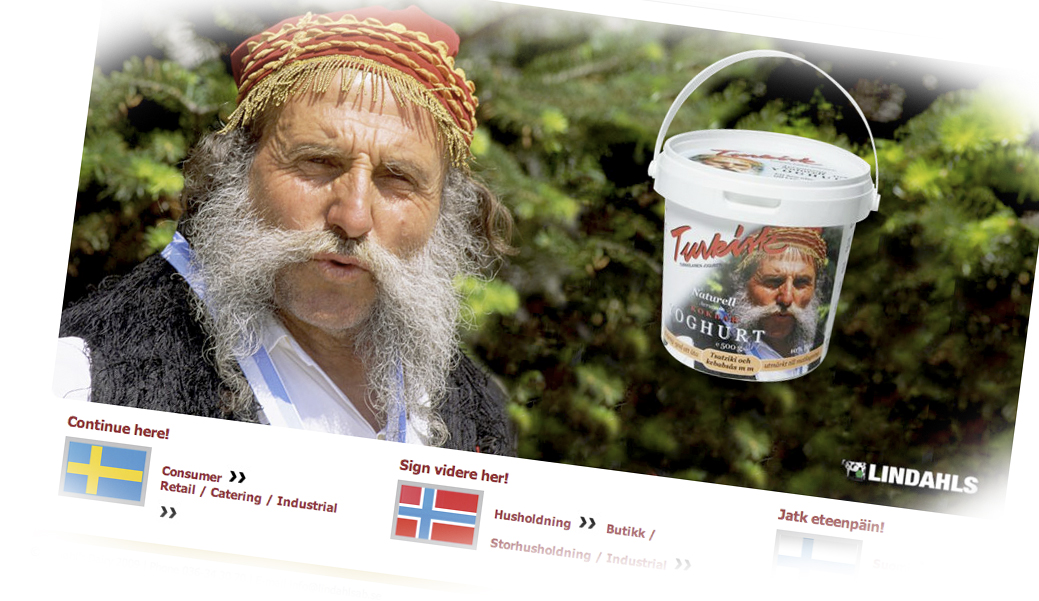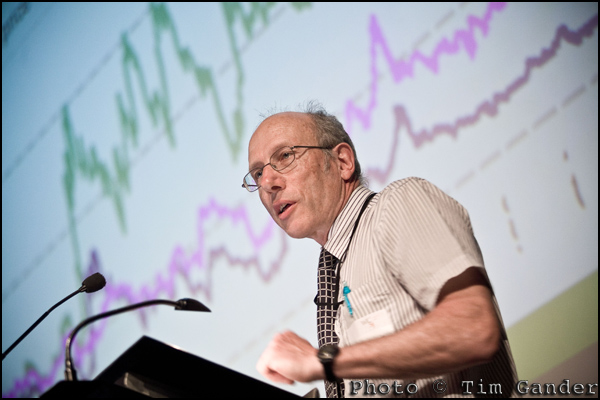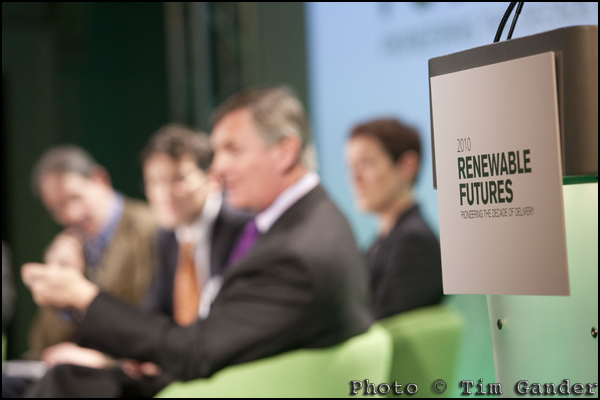This being my last blog post (or in the geeky spirit of the internet “blost”) before Christmas and the New Year, I thought I’d take a quick look back at 2010 and a quick look forward to 2011, trying hard not to pull a muscle in my neck with the effort.
2010 has been a tough year for the “industry”, as was 2009. Well actually, it’s been tough for professional photographers for about the last 10-15 years, but I’m not going to go into that now.
And so back to the year which is just staggering to a close. What thrills we’ve had in 2010! The fight against the Orphan Works clause in the Digital Economy Bill which photographers won by the skin of their teeth and as the Labour government drew its last breath. Looking forward to 2011 though, it looks as though we’re going to have exactly the same battle again. Only this time with those who had pretended to be on our side in the last battle; the Tories, with David Cameron apparently believing that businesses like Google couldn’t have started here because our copyright law is seen as too restrictive. I fear a knee-jerk (or just jerk) reaction will go too far the other way and kill creativity in this country.
I’m going to look at that situation in more detail in the new year, but suffice to say the signs aren’t encouraging.
On a personally professional level 2010 wasn’t as bad as I’d expected. 2009 had been awful, but things picked up again this year, and I noticed a marked change in attitude to professional photography.
All through 2008-2009 I’d been rebuffed by designers who claimed microstock to be the New Messiah. They didn’t need me because they could get pictures for a few quid. Their clients didn’t need me because their designer had told them they could get images for a few quid. I was beginning to feel a little unloved, but I knew this festival of cheap, cheesy stock wasn’t founded on a true design ethos and as we moved into 2010 I noticed a gradual change in the conversations I was having with designers; “I’m a bit fed up with iStock,” they started to say. At first I thought it was coincidence that a couple had said it, but the work started to build up and I realised that designers had realised what I’d been saying all along: Corporate clients’ websites are all starting to look the same, and that’s not good for business.
By the middle of 2010 some had started to convince their clients of the need for a return to real photography, and commissions started to come in thicker and faster than they had at the opening of 2010. I’ve always been fortunate to have loyal clients that I work for directly, but I do like to work with talented designers too, and I was starting to worry they’d all gone a bit iStock stark raving mad.
So for me, 2010 has been interesting. 2011 promises to start with a bang with large projects planned in for January and February, so next year I’ll hit the ground running, rather than just hitting the ground.
Politically it’s going to be a tough year again for the industry. I mentioned orphan works earlier, and there is a copyright review underway which will look at this and the extended collective licensing proposals, which may well cause more problems than they aim to solve. There’s also a review of online copyright protection underway, though that’s on hold while legal wrangling over parts of the DEB are on-going.
I’d say then that I’m personally more optimistic about my own business in 2011, but pessimistic about the future of the industry as a whole due to the lack of understanding among our political leaders of copyright and it’s vitality to our industry. This issue could go either way, but what little I’ve seen hasn’t looked pretty. Let’s hope that by this time next year I’m writing about how the professional photographic industry is safe for a few more years.
Happy Christmas everybody, and all the best for 2011.
Tim




